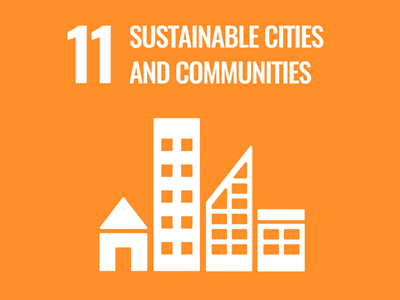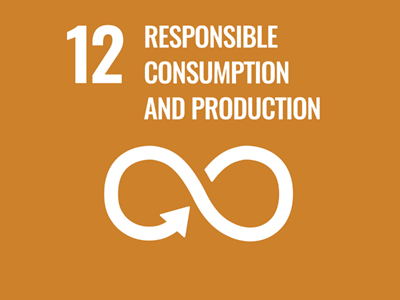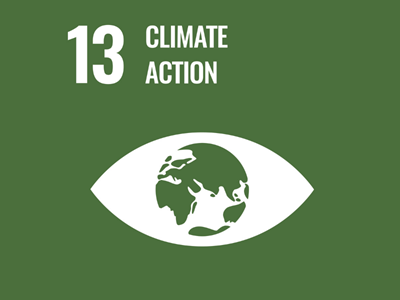About the Project
ZERAF – ZERo-carbon building enabling Adaptive opaque Facade technology
Building market demands high indoor environmental quality but is under the pressure of energy price volatility, European policies, targeting a carbon-neutral building stock by 2050, and local building regulations. A drastic carbon footprint reduction on the EU building stock is only possible with: (i) a strong reduction of heating and cooling energy demand and (ii) the limitation of the embodied environmental impacts of building materials.
ZERAF proposes a disruptive facade concept, the ZERo-carbon building enabler Adaptive opaque Facade (ZERAF), to get a huge decrease in the operational energy demand, while reducing the environmental
impact of new and existing buildings through novel materials. ZERAF concept enables shifting the opaque building façade systems from being static thermal barriers to thermal modulators. The disruptive configurations of opaque façade technology and the use of novel materials (smart Shape Memory Alloys, and new generation bio-based polyurethanes) enable such a dynamic thermal control.
Moreover, ZERAF minimizes the number of primary sources (in terms of volume and diversity) and then of the embodied carbon. ZERAF radically reconceptualizes the adaptive opaque facades concept, taking the opportunity of doing high-risk/low-TRL research in an interdisciplinary environment to bring cutting edge novelties from aerospace, biomedicine, nanomaterials, chemistry and IOT to building sector.
The objective is to scientifically prove that ZERAF concept can control all heat transfer mechanisms in opaque
building façades to a significant level. Prototypes will be manufactured for the first time and their thermal behaviour will be characterized in a dedicated laboratory coupling a calorimeter and a continuous sun simulator. To prove that used materials, fabrication processes and assembly methods do not jeopardize the carbon footprint reduction, most relevant sustainability parameters will be quantified through a building life cycle method.







